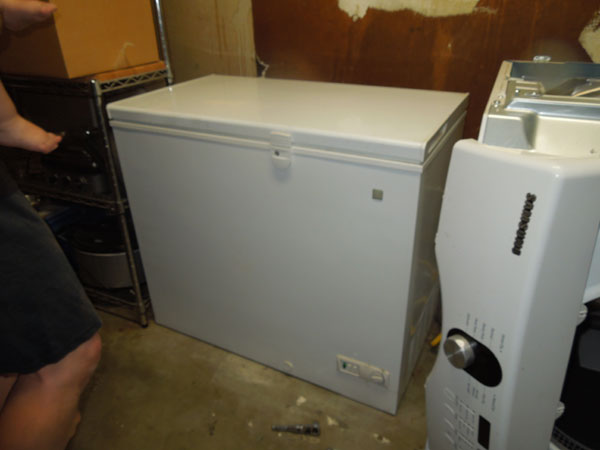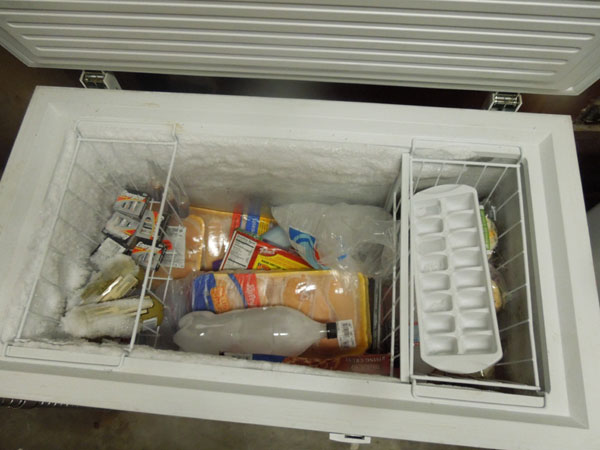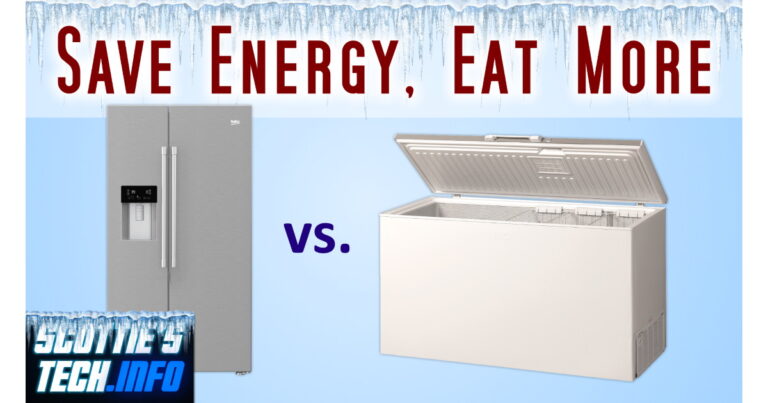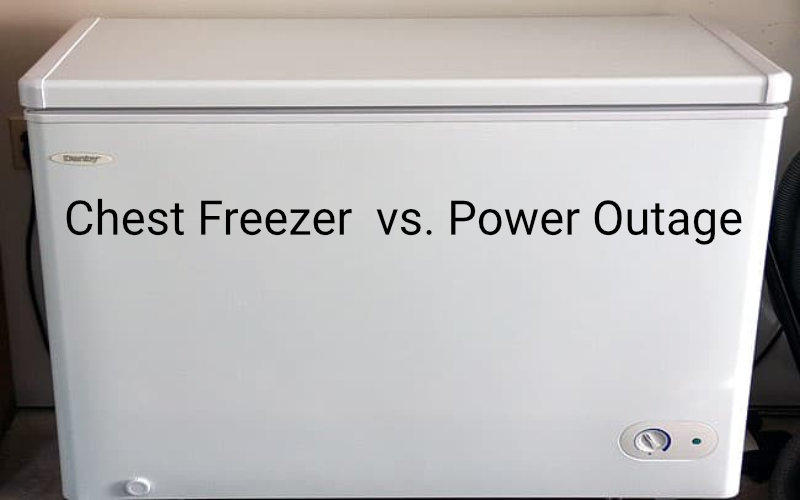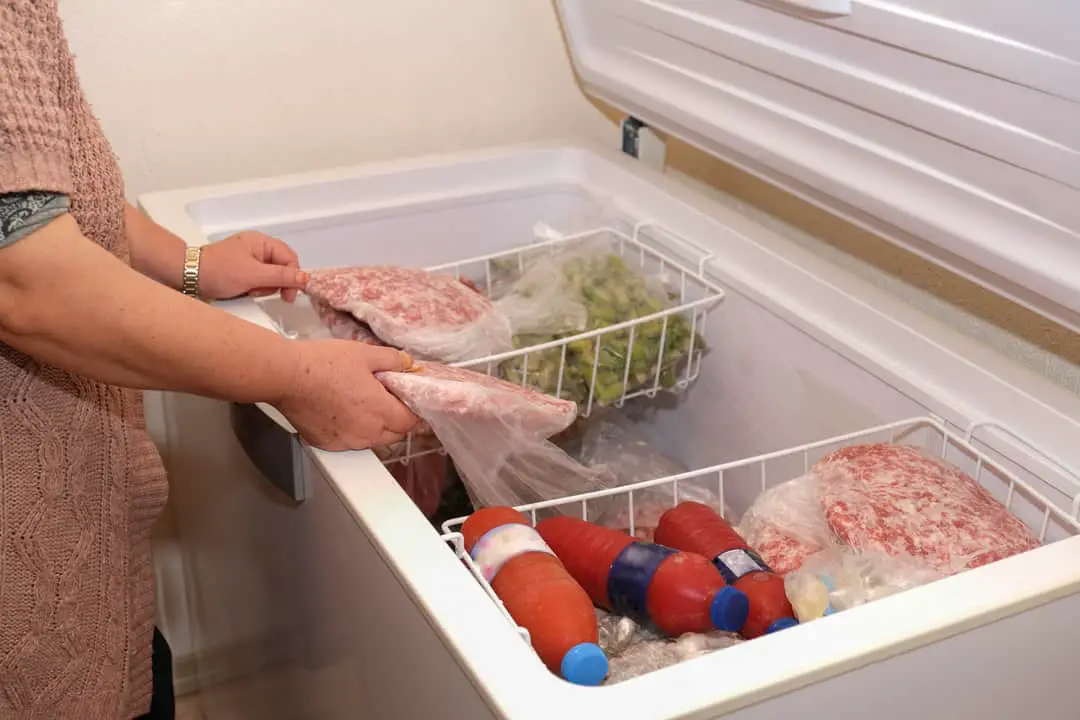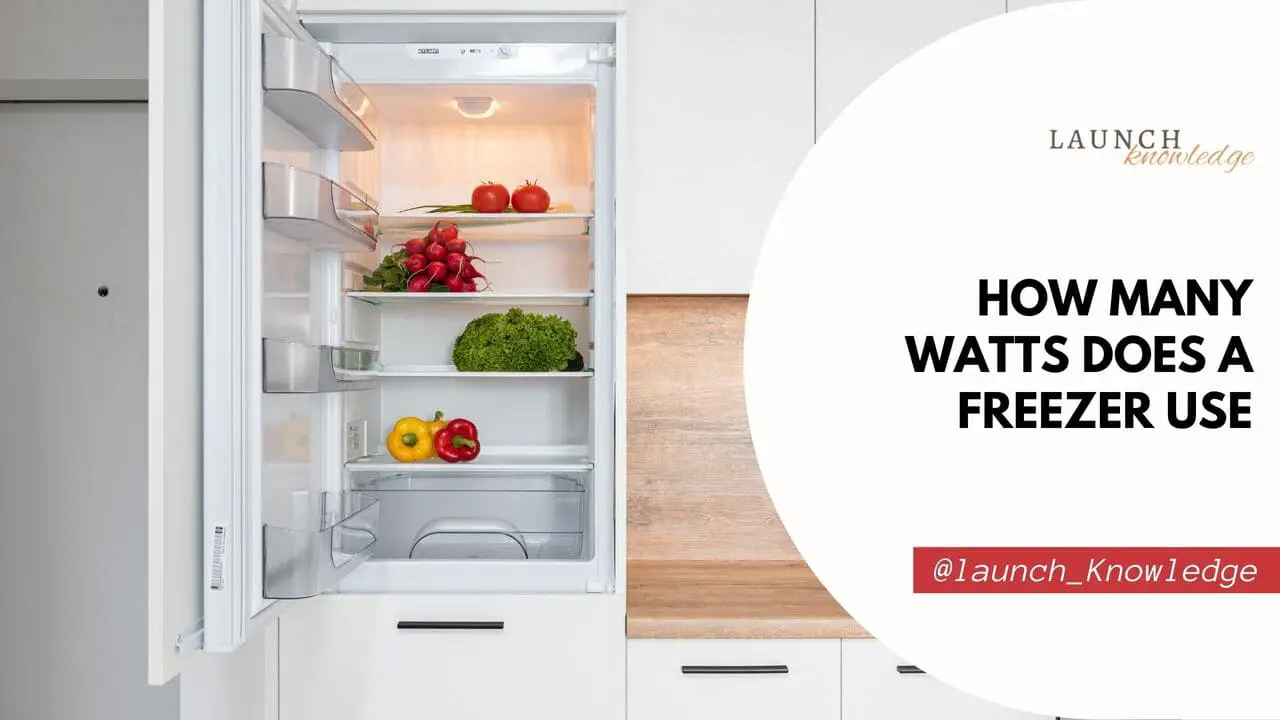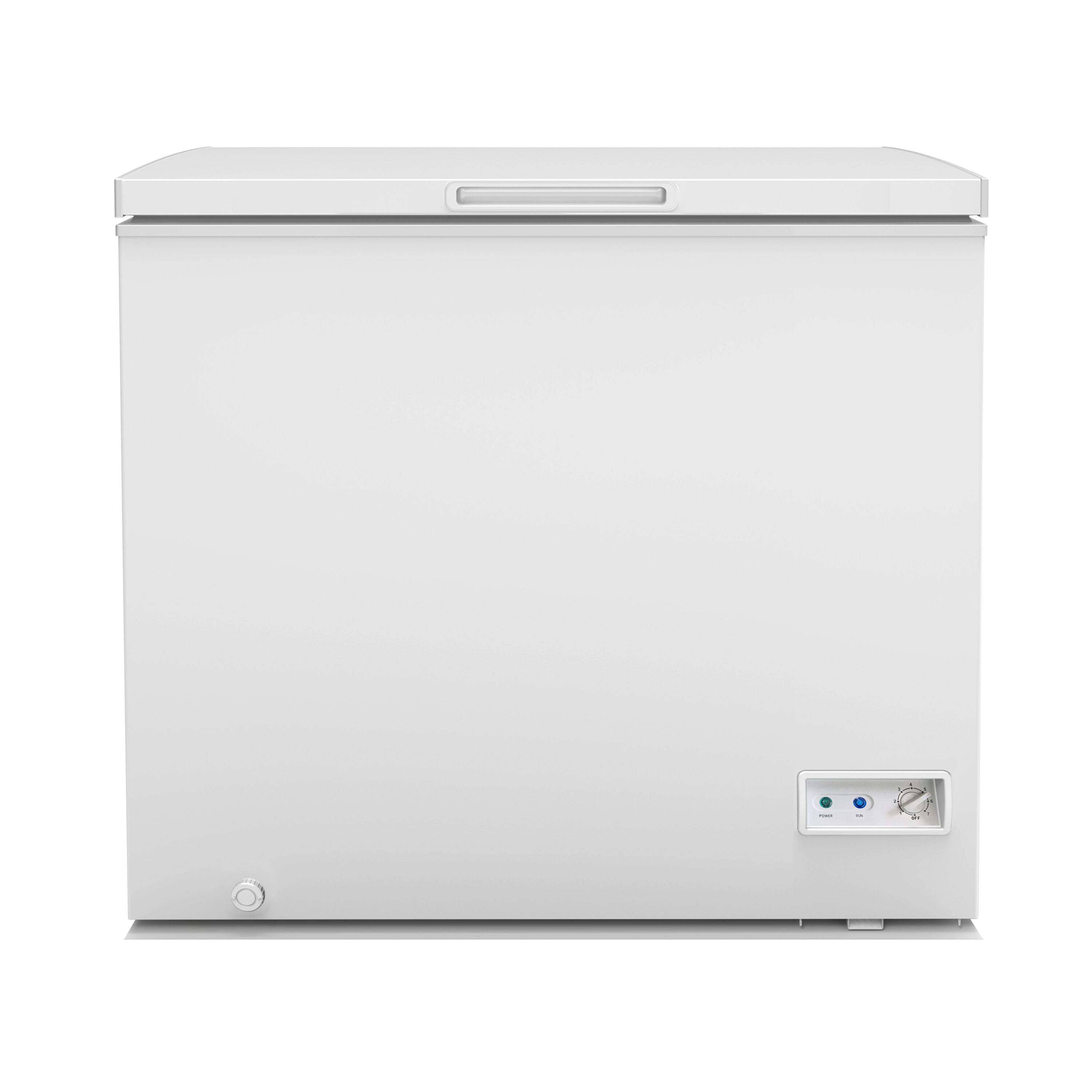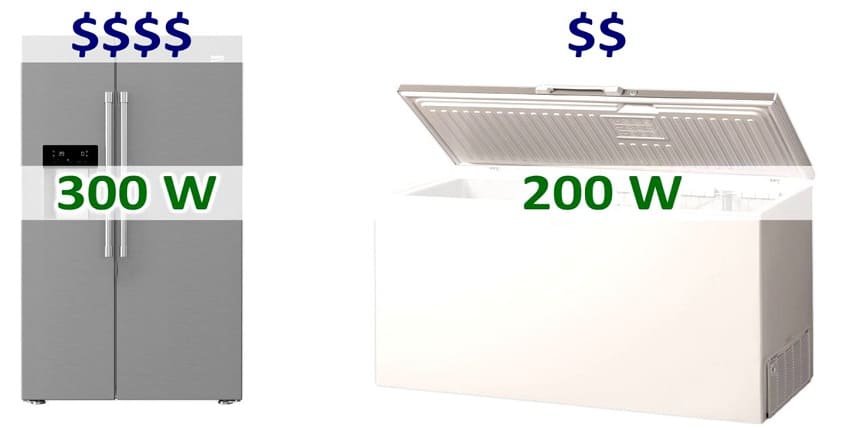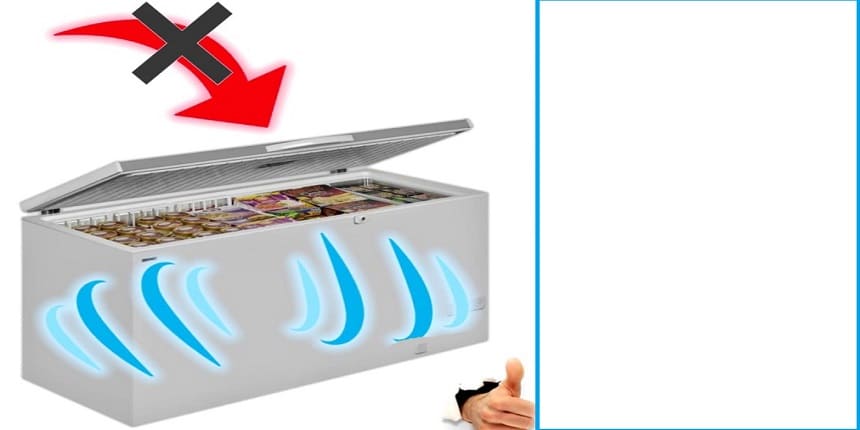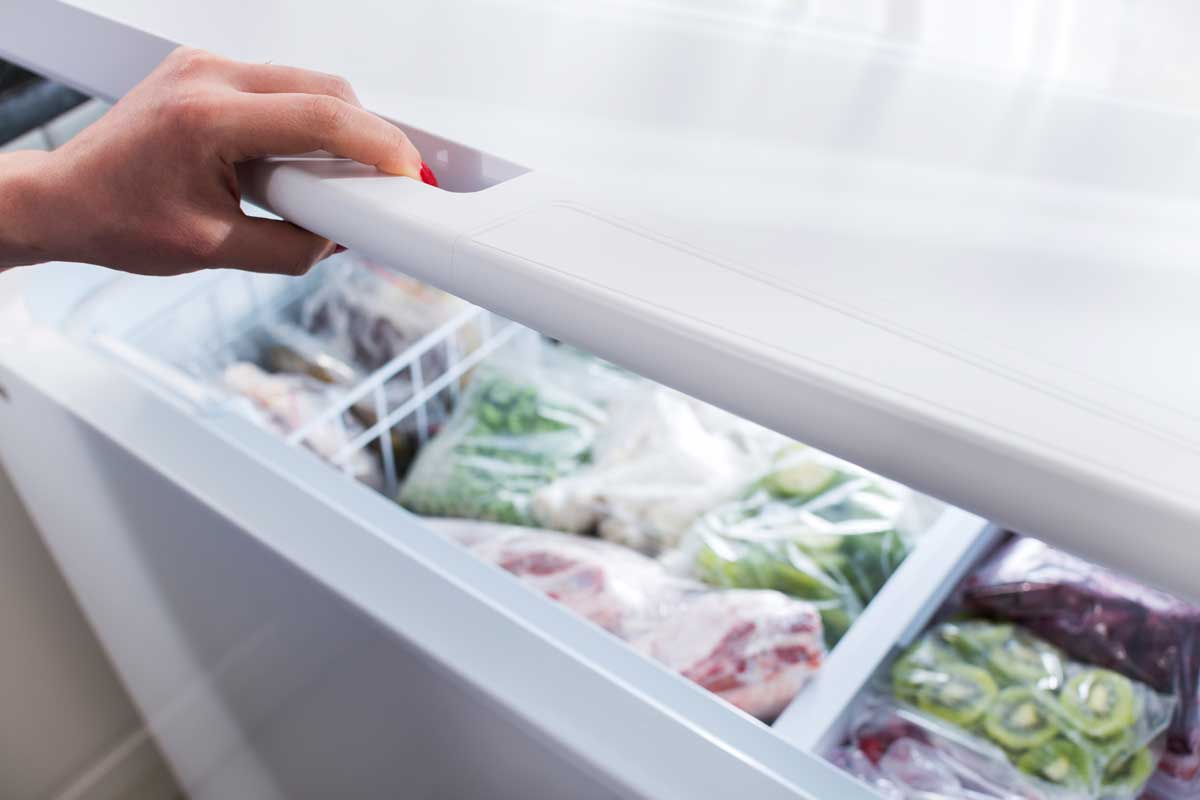How Much Power Does A Chest Freezer Use
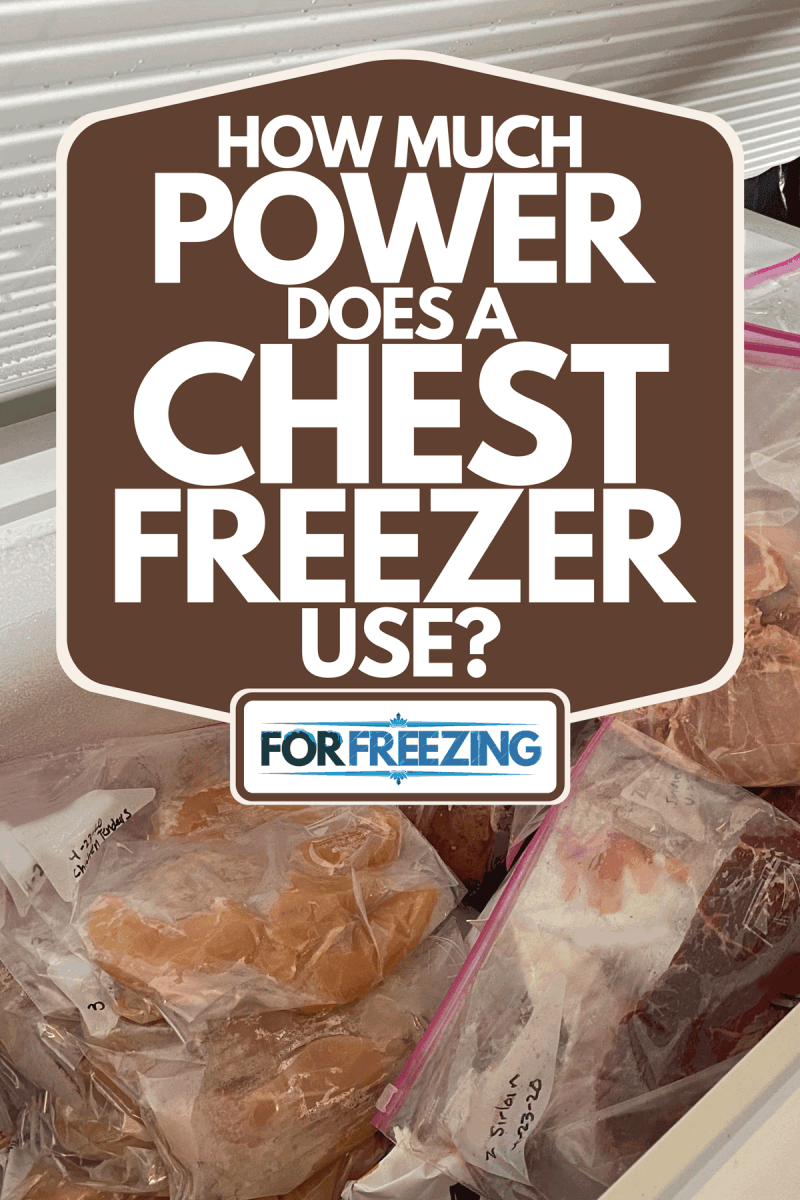
Urgent Alert: Is your chest freezer silently bleeding your budget dry? Understanding its energy consumption is now critical as energy costs surge across the nation.
This report breaks down exactly how much power your chest freezer uses, helping you optimize usage and potentially save hundreds annually. We cut through the jargon to deliver actionable insights, fast.
The Power Consumption Breakdown
A typical chest freezer, around 5 to 10 cubic feet, consumes between 300 and 700 kilowatt-hours (kWh) of electricity per year. This translates to roughly 25 to 58 kWh per month.
The actual amount varies dramatically based on several factors. These factors include the freezer's size, age, efficiency rating, and how often it's opened.
Key Factors Influencing Energy Use
Age Matters: Older models are significantly less efficient. Some pre-2000 freezers consume twice the energy of newer, Energy Star certified units. This is according to data from Energy Star.
Size Consideration: Larger freezers obviously use more power. However, a half-full freezer wastes energy. Consider filling empty space with water jugs to improve efficiency.
Location, Location, Location: Where you place your freezer also matters. A garage that experiences extreme temperature fluctuations will increase energy consumption.
Defrost Regularly: Frost buildup insulates the freezer, making it work harder. Manual defrost freezers require diligent upkeep to prevent this issue.
Calculating Your Freezer's Consumption
To estimate your freezer's power use, check the Energy Guide label. This label, usually found inside the freezer, provides an estimated annual kWh consumption.
Alternatively, use a device like a Kill A Watt meter to measure the actual power draw over a 24-hour period. Multiply this daily usage by 365 to get an annual estimate.
Then, multiply the annual kWh consumption by your electricity rate. This is the estimated cost to run the freezer for a year. Contact your local utility company for rates.
Practical Tips for Saving Energy
Replace Old Units: If your freezer is over 10 years old, replacing it with an Energy Star model can yield significant savings. Energy Star certified models use at least 10% less energy.
Optimize Placement: Keep your freezer in a cool, dry place, away from direct sunlight and heat sources. Ensure proper ventilation around the unit.
Maintain Proper Temperature: The ideal freezer temperature is around 0 degrees Fahrenheit (-18 degrees Celsius). Colder temperatures consume more energy.
Minimize Door Openings: Plan your freezer usage to minimize the number and duration of door openings. Every opening lets cold air escape.
The Bottom Line and Next Steps
Chest freezers can be convenient, but they can also be energy hogs if not managed properly. Monitoring usage and adopting energy-saving strategies is crucial.
Consumers should immediately assess their freezer's energy consumption. By considering replacement and implementing the tips above, it's possible to achieve cost savings of approximately $50-$100 annually.
Continue to monitor energy prices and emerging energy-efficient freezer technologies. This can ensure long-term savings and reduce your carbon footprint.

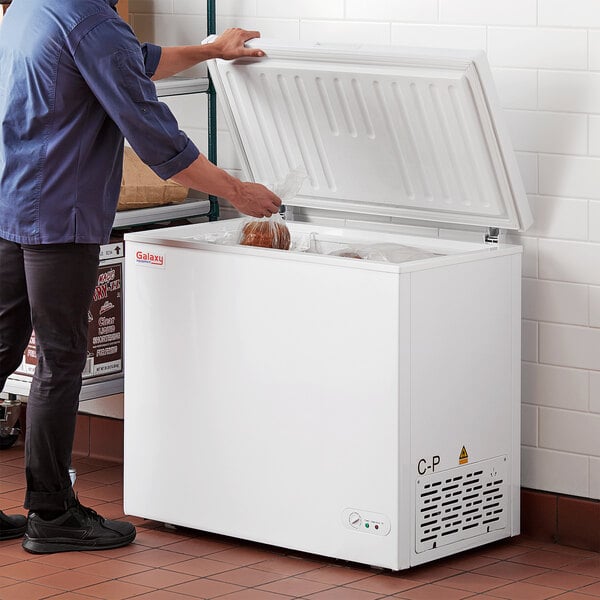
![How Much Power Does A Chest Freezer Use Freezer Wattage Results [Most Efficient Revealed 2024]](https://ecocostsavings.com/wp-content/uploads/2022/02/freezer-wattage.jpg)
